
I have been spending a few days in the Lake District National Park where the use of plastic tree tubes appears even more widespread than in Scotland’s National Parks. A short walk up Raven Crag, above Thirlmere, provides a good illustration of the stupidity of what is going on.
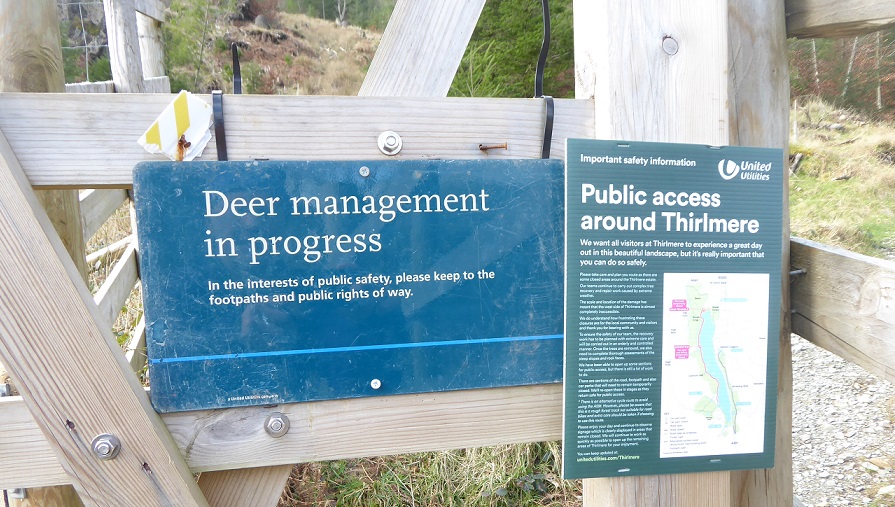
(As an aside, everywhere you walk in the Lake District there are “no access” signs. I can see the Cairngorms National Park Authority, with its “Welcome to the Moor” signs (see here) which tell people to keep to the path, borrowing the message “keep to footpaths in the interest of public safety”).
The point of showing this photo, however, is that with deer controlled and the area fenced, there should be no need to protect trees from browsing deer.
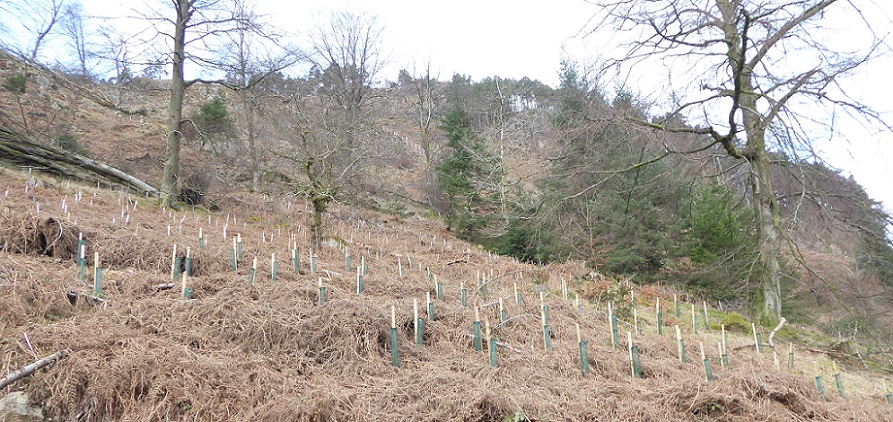
But that has not prevented an area of predominantly broadleafed woodland being replanted with the use of plastic tree tubes. Some in the tree planting industry might defend this by arguing that the plastic tree shelters are required to prevent saplings being shaded out by bracken. If so, they need to explain the plastic tree tubes on the grassy area to the right of the photo.
It would have been far better for the environment to plant a few larger saplings which, as they grew, shaded out the bracken and allowed further trees to regenerate naturally, but that is not how the dominant forestry interests in the England or Scotland work.
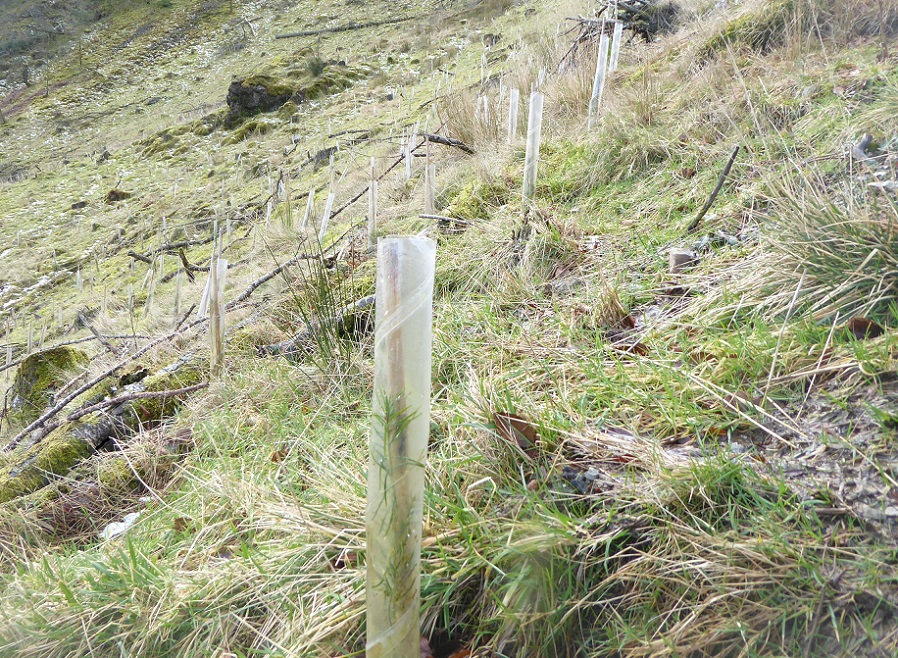
The real shocker is that even conifers are now being planted inside plastic vole guards. The blanket afforestation of large areas of the uplands in the British Isles over the last 100 years took place without the use of a single plastic tree tube, so why now?
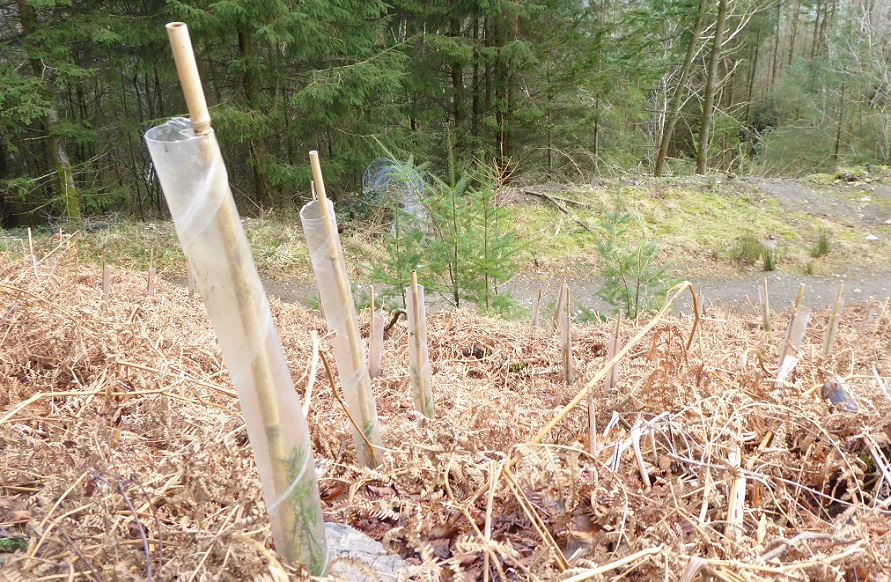
The evidence of natural regeneration on the ground suggests that hares and voles haven’t suddenly adapted so they now browse less palatable conifers as well as broadleafed native trees.
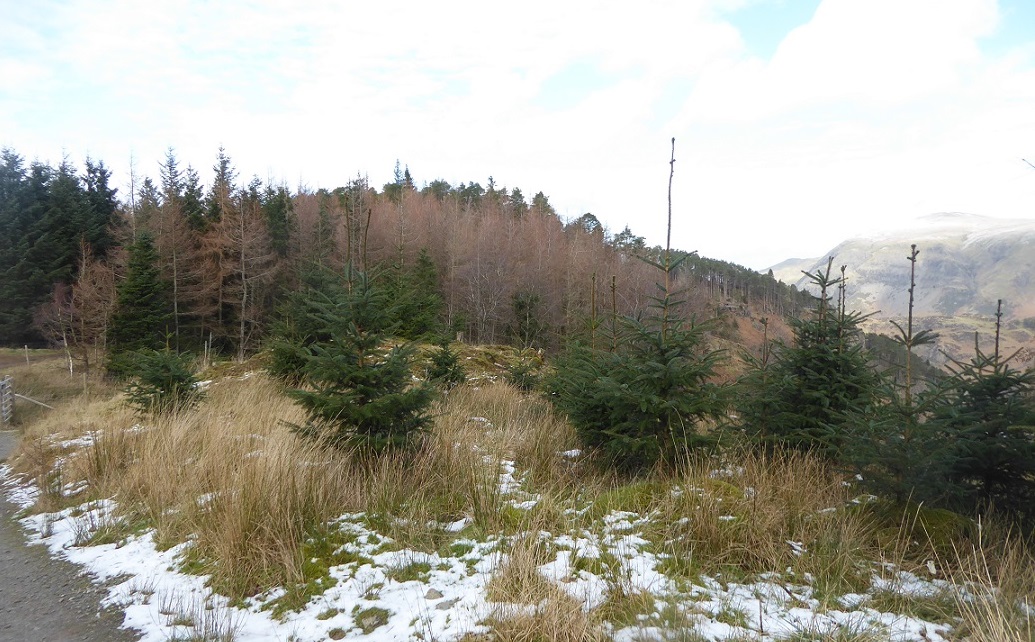
Unlike foresters in the UK who space the trees they plant, nature and natural regeneration is far more higgledly piggledly. Elsewhere in Europe foresters use selective felling to thin trees that have seeded naturally to enable them to grow in ways that they can be used for commercial purposes.
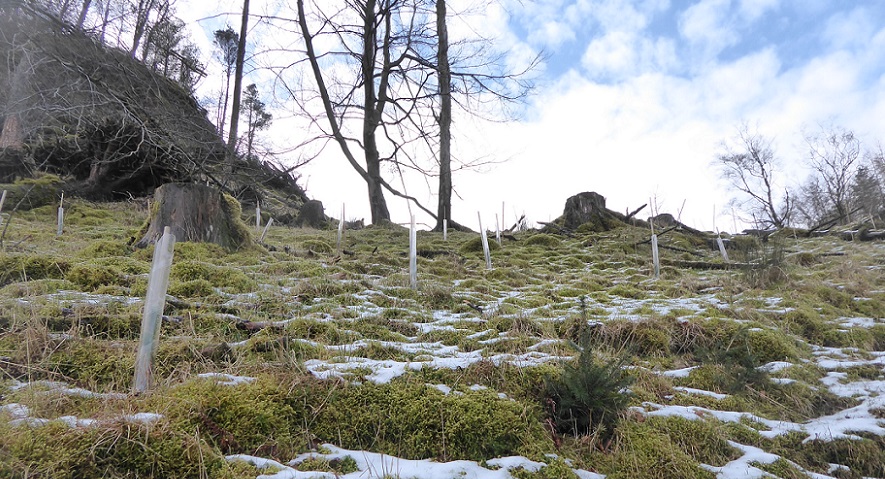
In Britain, however, after the forestry industry clear fells an area it “re-stocks” it through planting, even where there is a plentiful seed source and evidence that a slope would regenerate naturally.
Now it seems the forestr industry has taken that process one step further, even “protecting” conifers with plastic tubes but in doing so they are doing anything but protecting the natural environment.
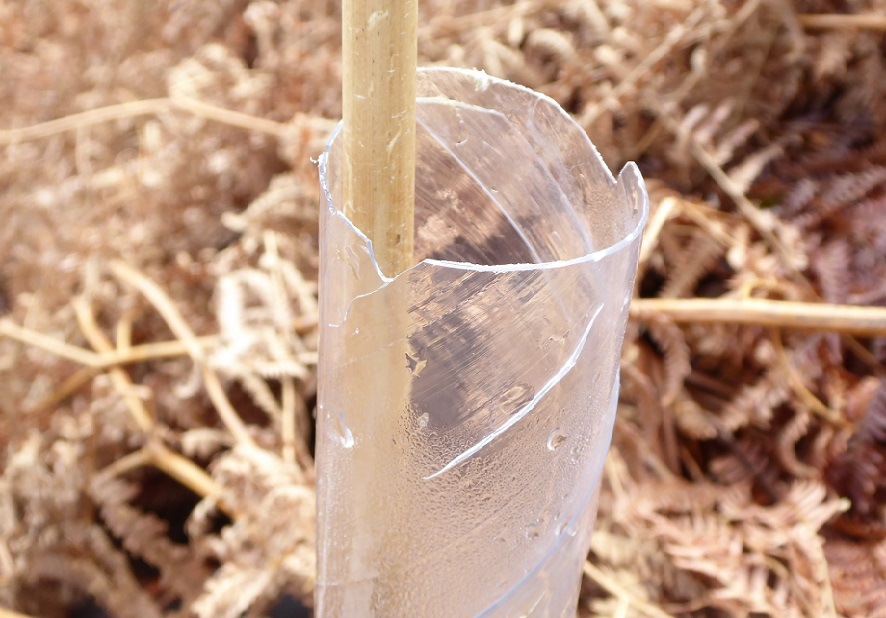
Within a year or two these tree tubes are breaking up, shedding plastic onto the ground and thence either into the soil or into the water catchment.
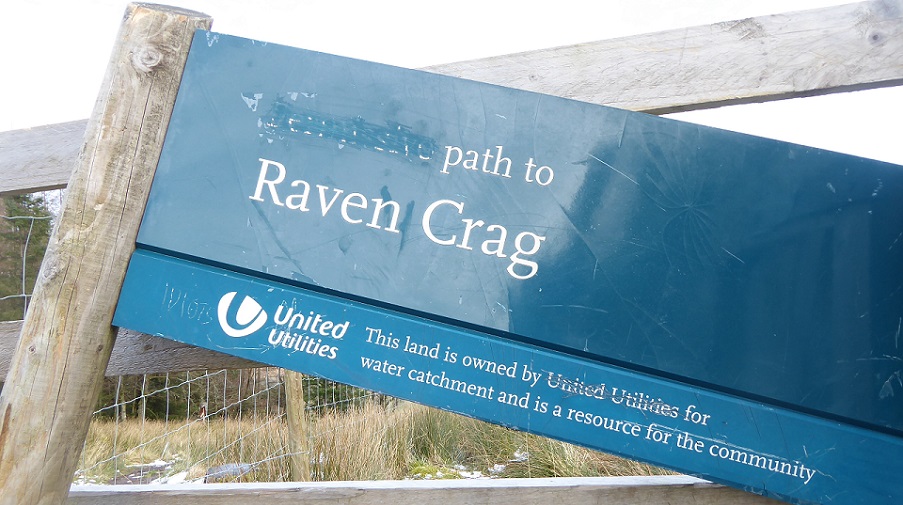
This is taking place on land managed by United Utilities to provide drinking water to the people of Manchester. Clean safe water? It seems that neither the Board of United Utilities nor the Environment Agency nor the Lake District National Park Authority is prepared to challenge the power of a forest industry wedded to plastic without any regard to the costs.
Scotland and its National Parks is sadly little different (see here).
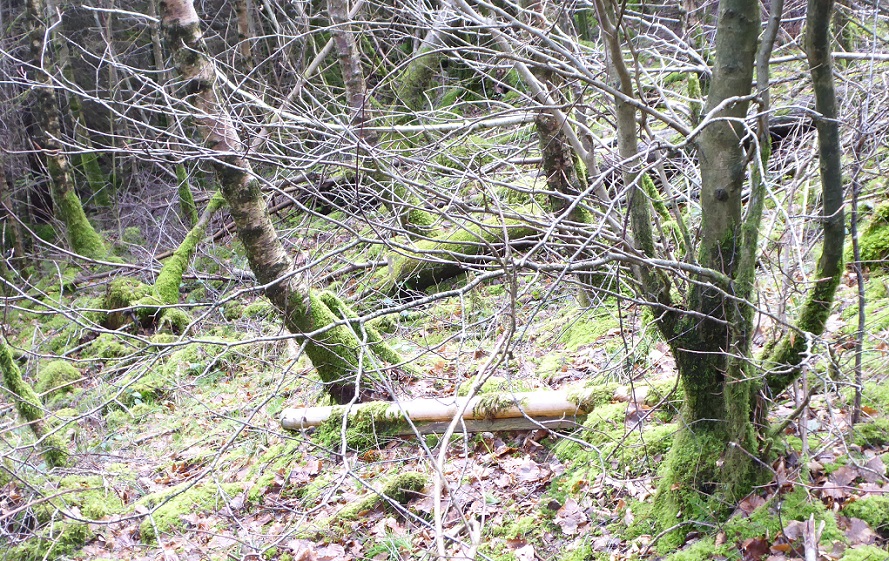
For those who defend the use of such tubes as temporary, the evidence from the path suggests that the only way old tubes are ever likely to be removed is if the public starts to protest.
The needless use of fossil carbon to create plastic tree tubes that then pollutes the natural environment is something that affects all of us in the long-term. But yet Public Authorities across both England and Scotland seem incapable of acting and I have yet to hear our National Parks taking a lead and meantime the focus of groups like the Lakes Plastic Collective (see here) is on public littering rather the industrial pollution of the countryside. We need to tackle both.
Addendum
The day after writing this I spotted this tree tube left high and dry above the watercourse at Braithwaite:
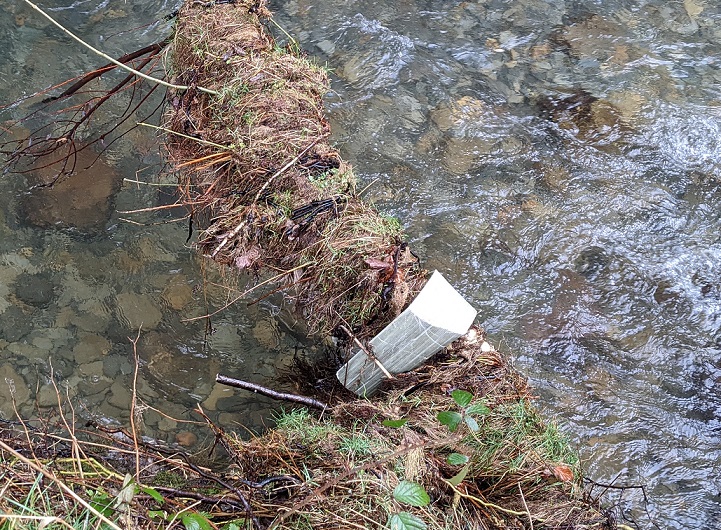
The extent to which plastic tubing in planting is becoming a form of litter that is more pervasive in many areas than other forms of litter is alarming. The tubing provides protection from some kinds of potential damage for a limited number of years but it is simply left to rot. As far as I am aware no requirement to remove them after a specified time is attached to grant aid. Correct me if I am wrong. If not, it needs to be introduced. The whole business of the impacts of plastic degradation and its environmental impacts is not being taken seriously enough. Consider the studies of the accumulation of some within the human body (and presumably other animals) on fertility. On present trends, the researchers predict, within about 25 years. the average couple wanting to have children will require medical intervention. I suppose that is one solution to the population problem.
I was involved recently with planting some trees at Frenchfield near Penrith and needless to say treeguards were used and since then my wife and my self have been removing treeguards from some trees which were planted there a few years ago. We have become suddenly aware of this plague which seems to be spreading everywhere – loads beside the A66 near Penruddock. There are plans for planting in Combe Gill below Raven Crag (Corvus etc) with fences as well as presumably tree guards – double polution !! There is a piece is the book Feral above Slovenia and near the Julian Alps which used to be farmed and open land prior to WW2 – sadly many of the farmer were killed by the German and farming stopped in the area – the area now is well forested without the need for treeguards etc etc .
We helped a friend remove the guards at reserve north of Cold Fell (Geltsdale) and I was talking to someone who works for a woodland organisation who said his legacy for the world will be 2 million tree guards
I was pondering about legislation to remove the treeguards as part of the grant – which might only be 5/6 years on from planting – and that could be “policed” – if there was the funding – or retrieve the grants from the landowner
I would certainly agree need to
I think the word “plague” is right – it’s funny how you suddenly notice what is going on. While in my view if there were healthy populations of predators to control voles, rabbits, hares etc there would be no need for tree guards, the best way to ensure they were removed would be to hold back a proportion of grants until the landowner had proved (easy to do with photos) they had been removed. Nick
If tree tubes were used to protect the young trees from roe deer (which is likely the most usual reason for their use in Scotland), then removing them after only 5/6 years would probably guarantee that the young trees would be destroyed by the deer. Roe deer damage trees not only by browsing but also by the bucks thrashing young trees with their antlers, which damages or removes the bark and can result in the death of the tree. With the present high roe and red deer population, the hard fact remains: trees need protection until they are beyond browsing height AND with a trunk stout enough to withstand thrashing (probably >8cm diameter would suffice, though larger trees are also sometimes damaged).
It is not possible for managers of small pockets of land to control deer populations adequately, so the choice facing such mangers is i) individual protection, for which tree tubes are by far the easiest and cheapest option, or ii) deer fencing, which presents access, amenity and bird strike problems and is impractical for small irregular areas or scattered enrichment planting in existing woodlands/fields etc. or iii) no trees.
Non-removal of tree tubes by irresponsible land managers is clearly a problem (of course, you don’t see the tree tubes that HAVE been removed, just as beer cans and coke bottles etc are also a problem, even if most folk take their litter home with them). It appears we are at last moving to a situation where the latter will have a deposit on them, which should greatly reduce the numbers of bottles and cans littering the land. It should also be possible to do something similar with tree tubes, perhaps with each batch having a bar code embossed upon them to help identification.